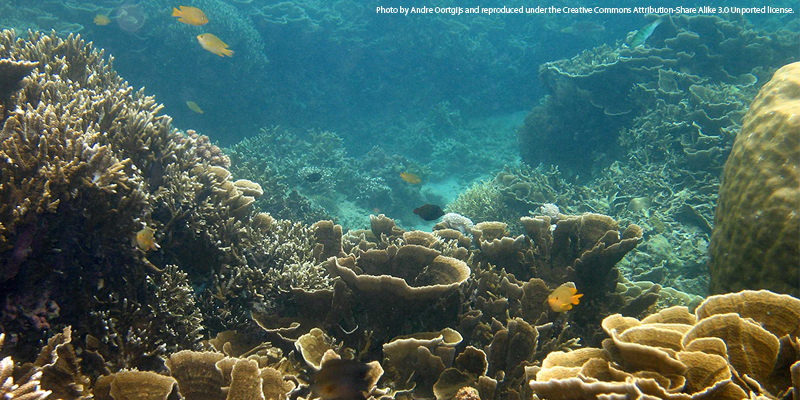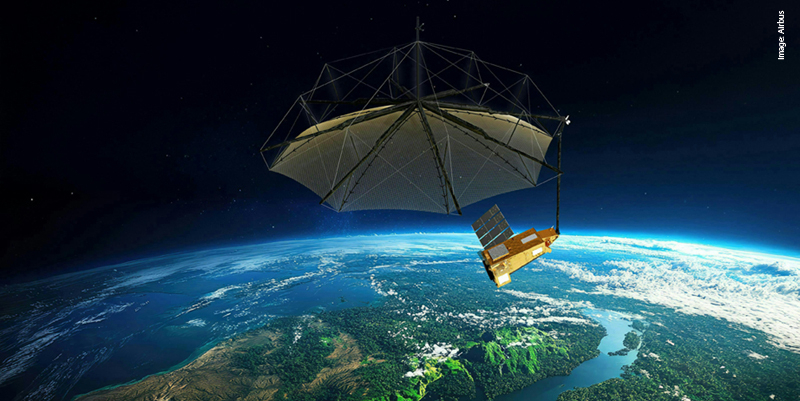Ordnance Survey makes good use of photogrammetric software from BAE Systems on its numerous production flowlines
For Ordnance Survey's Photogrammetric Services Department, the challenge of maintaining OS MasterMap to the currency and quality demanded by its customers requires that all aspects of the production operation are constantly re-evaluated. This includes the technology, infrastructure, processes and procedures, as well as the skill sets of the people employed in the area.As a result, significant investment has been made in new photogrammetric systems that allow high quality data to be produced more efficiently and, therefore, reduce the time from photogrammetric acquisition to data extraction.Over the last few years, the type of data collected through the photogrammetric production flowline has also increased so that high resolution orthorectified images and digital terrain models (DTMs) are now routine outputs alongside traditional topographic vector mapping. To accommodate these changes, Ordnance Survey requires a robust photogrammetry tool that is flexible, accurate and easy to learn and use by a wide range of skill sets and allows them to maintain their production rates at the required level.To address these needs, Ordnance Survey relies on the innovative photogrammetric processes built into SOCET SET from BAE Systems. The mapping agency has gradually built up a large component of workstations which are used on a wide range of production flowlines. For vector mapping, SOCET SET is currently used with Laser-Scan's LAMPS2 software for the extraction of significant large scale topographic features. This system has been instrumental in helping Ordnance Survey deliver its Positional Accuracy Improvement programme ... one that enables the re-positioning of existing database features to ensure that their accuracy is consistent, while at the same time, preserving existing attribution data primarily in the form of unique topographic identifiers (TOIDS). The success of SOCET SET has ensured that it will also be used in the next generation of Ordnance Survey data capture systems when it will be interfaced with a new digital editor based on ESRI's ArcGIS 9.0 ... a move that will allow maintenance in a seamless data structure.In addition, Ordnance Survey uses another group of SOCET SET workstations on flowlines which generate high resolution (25cm) colour orthorectified images and to produce DTMs at a 2m grid spacing to an accuracy of between 0.5m and 2m depending on terrain type. This requires the development of customised scripts to ensure that the input of data can be managed with optimum efficiency. SOCET SET is also being used to optimise methods for quality control of image data, and for the input and manipulation of LIDAR data and other height datasets. SOCET SET's extensive functionality for editing DTMs, its range of data formats, and snap-to-ground functionality all expedite heighting of existing 2D features, making it an ideal tool for the process.Ordnance Survey has used SOCET SET in several powerful ways as its workflows have evolved. SOCET SET's DevKit SDK allowed Laser-Scan engineers to interface their LAMPS 2 product to SOCET SET for the update of existing maps held in digital form. More recently, a contract has been signed to implement SOCET for ArcGIS, reflecting Ordnance Survey's decision to use the ESRI Geodatabase as the single repository for all of its topographic data. Meanwhile, SOCET SET's productivity and versatility, its scripts functionality, and its rich toolset for DTM editing, ensure a central role in the vibrant new worflows for DTM generation and orthorectification.
Author: BAE Systems
For more information visit:
Subscribe to our newsletter
Stay updated on the latest technology, innovation product arrivals and exciting offers to your inbox.
Newsletter

